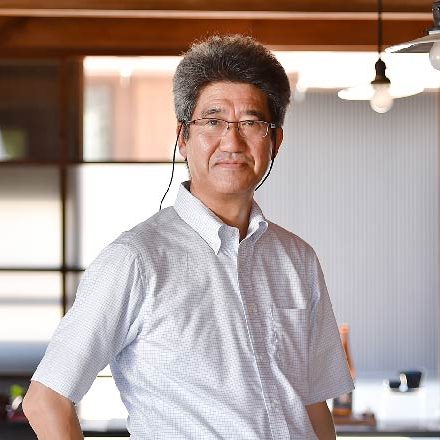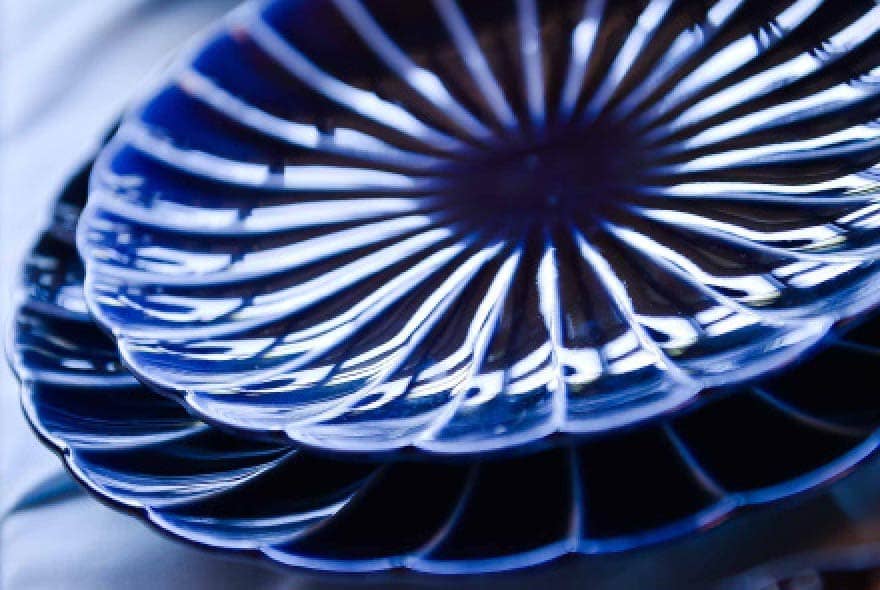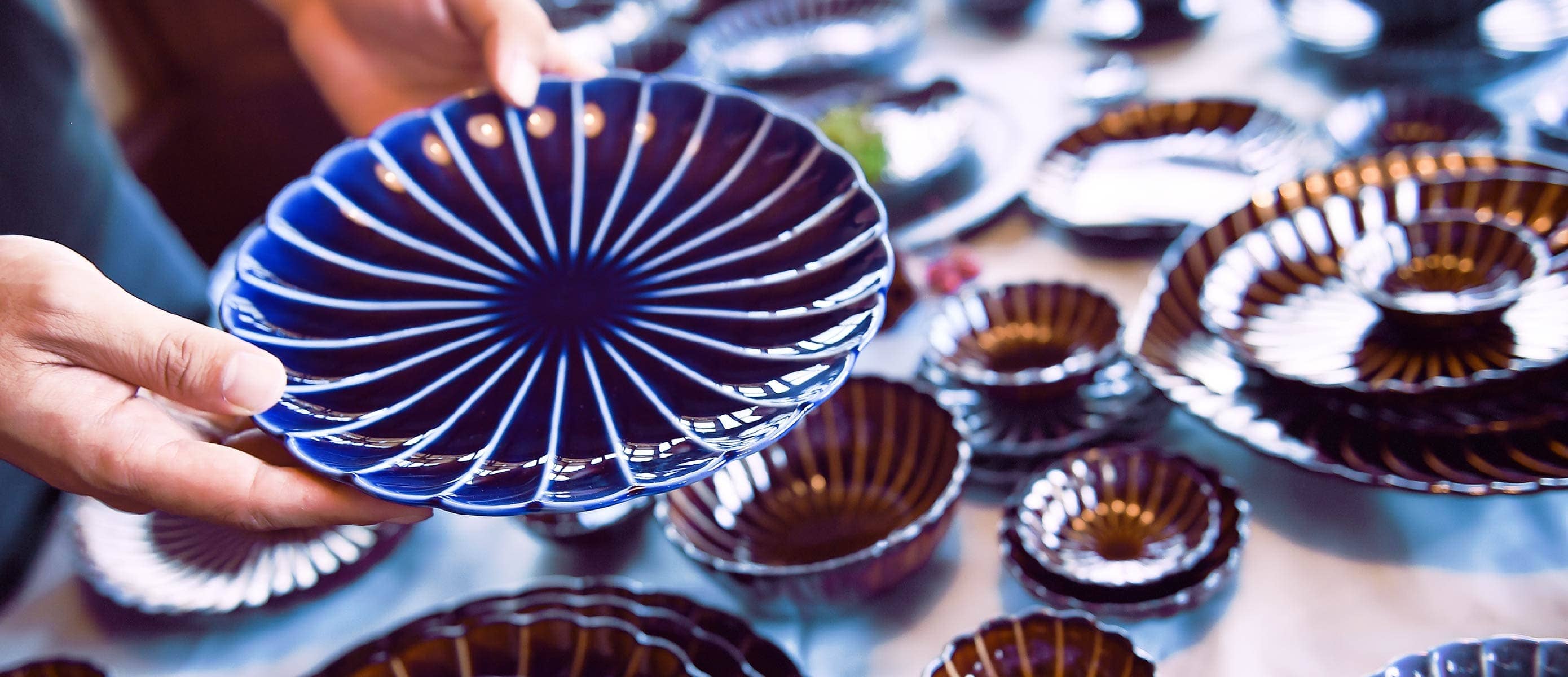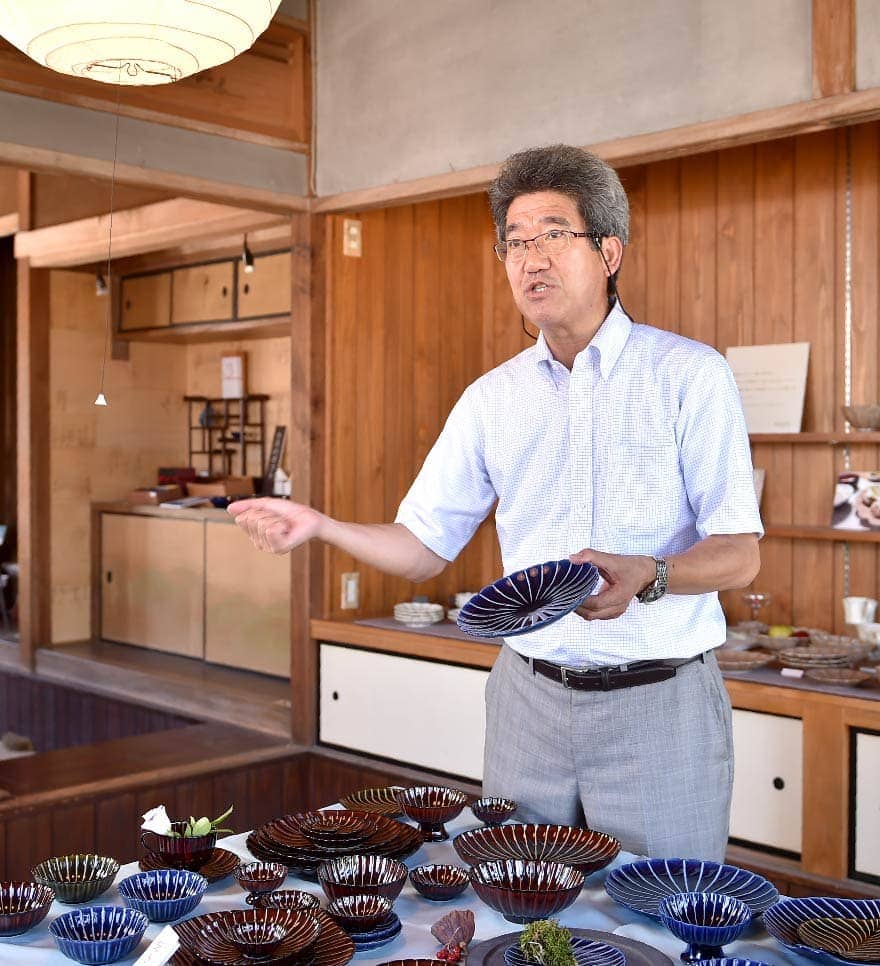



The Giyamanto made by 3rd generation Mr. Katsunori Ito of the Kohyo pottery mill, produces colorful pots resembling the depth of the Tamenuri technique of Urushi, and creates surfaces with a unique gloss-like form, yet keeping a familiar texture.
Established in the 10th year of the Taisho period, the mill located in Oroshi-cho a town of Toki city is known for producing the largest quantity of sake bottles , a ceramic bottle used to pour Sake. In its best times production was 1.6 million bottles a year. However, new consumer demand for alcoholic beverages led to decreased production demand for Sake bottles. In order to survive, the mill began to develop new products.
Reconsidering who uses and who buys these pots, the focus was shifted to making pottery for daily use. Also it came to mind to try to portray an Urushi-like feel using porcelain. Out of the first 100 drafts, 98 pieces failed, a shocking result that less than 10 pieces could be produced.
The colors were uneven, there were constant air bubbles and the gloss dripped, and the shelf of the kiln could no longer be used. Not knowing whether the problem was the type of soil, the mixture of gloss or the thickness or the heat for baking, it was a battle with no end in sight.

“All procedures seemed to fail but the material and gloss makers did not give up on me”. In 3 years it finally took its shape, resulting in a successful portrayal of a Urushi-like color. In order to bring out the texture and gloss the Japanese traditional design of the Chrysanthemum was used. The gradual ups and downs of the flower pedal form allowed for the gloss to fall well into the cavity. This created an amazing gloss, more transparent than expected. A new way to gloss the pottery was developed to keep a glass-like texture. Using a special tong, holding the pot and turning it by making a movement similar to a snap of the wrist can apply the gloss evenly in a few seconds.
Due to the special sheen and beauty, it was named, Giyamanto, from an old word meaning Glass. Kohyo came to be known for its best seller, Giyamanto pottery.
This pottery with the traditional Chrysanthemum design, gorgeously decorates the dinner table, showing the pride of Japan to the next generation.

Only two years after the first sales, Mino debuted at the Ambiente 2010, which is the world’s largest international trade fair for consumer goods located in Germany. Adored by a well-established fashion brand in Paris, it started its sales in Paris. Also, right hand man of the famous French Chef Alan Ducas, the Chef Jean-Francois Piege now uses the Giyamanto. “Serving the dessert on the Giyamanto, it completes my favorite dessert.” Now the Giyamanto is used to serve the Blanc Manger, which is the chef’s best dessert dish. A dish which has been perfecting for 5 years.

Photo by Shirou Muramatsu

The clay, the glaze, the engineering technique of the artisans was dormant in Mino. “I realized these were things that only could have been awakened by the Minoyaki in this region and had the power to produce pottery never seen before. The Sake bottles, which had 98% of the sales, is down to 2% but still the kiln keeps running busily barely keeping up. With a strong will to never fear challenge, new Minoyaki are continuously being produced, assuring its future.

